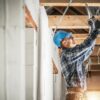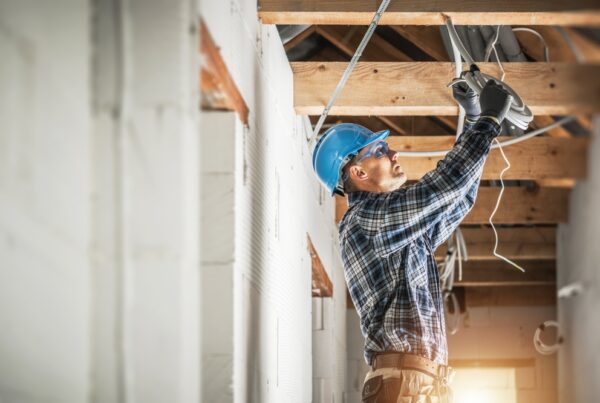With significant population growth experienced over the past decade and a high rate of growth expected to continue in coming years, the government is promoting urban consolidation planning policies to manage growth sustainably.

Multi-residential buildings are playing an important role in facilitating the increased densities that urban consolidation policies imply, but with growing energy concerns, an increased demand for IoT, coupled with regulatory and planning issues, there is a growing toll on the electricity grid that could make certain types of multi-residential typologies more vulnerable to power surges and outages.
Power surges
Eric O’Brien, director of Queensland Power Protection says: “A power surge is a sudden increase of voltage that significantly exceeds the standard 120-volt flow of electricity that normally enters a building or home, and as it shoots through the lines it can cause tremendous damage to electronics and appliances, potentially impacting on the safety of residents.
“Power surges can carry thousands, even tens of thousands of volts into the property’s wiring; that’s enough to destroy circuit boards, disrupt entry and exit systems and even shut HVAC equipment down permanently. Even if the tech isn’t turned on, it could end up damaged.
“In seconds, it can burn out all appliances in the kitchen, fry the motherboards on home computers and take out the power switches throughout the property. It can even start a fire, leaving tens of thousands of dollars-worth of damage in its wake.”
However not all power surges are alike. How they impact a property depends on what causes the surge in the first place.
Lightning

The most familiar source of these surges is probably lightning, and while there are far more strikes than most people are aware of, it’s actually one of the least common causes.
When lightning strikes near a power line, whether it’s underground, in a building or running between poles, the electrical energy can boost electrical pressure by millions of volts. This causes an extremely large power surge that can overpower almost any protective device.
Large electrical devices
A more common cause of power surges is the operation of large electrical devices, such as elevators, air conditioners and refrigerators. These high-powered pieces of equipment require a lot of energy to switch on off components like compressors and motors. This switching creates sudden, brief demands for power that upset the steady voltage flow in the electrical system.
Faulty wiring
Other sources of destructive power surges include faulty wiring, downed power lines, rodent damage, switching between stations and even solar power feeding into energy grids. The system of transformers and lines that brings electricity from a power generator to the outlets of a building is extraordinarily complex. There are dozens of possible points of failure, and many potential errors that can cause an uneven power flow.
While these surges are nowhere near the intensity of a lightning surge, they can be severe enough to damage components – immediately or gradually – and they occur regularly in most building’s electrical systems.
Most people would have experienced a ‘brown out’; when lights dim or flicker, indicating some form of power disturbance. In most cases one doesn’t realise that they are happening but the fluctuations in voltage generates heat and the ultimate degradation of power devices and wiring.
“In today’s system of electricity distribution, power surges are an unavoidable occurrence and it’s important that bodies corporate have surge arrester systems in place to protect all the circuits in the building from a range of voltage surges,” says O’Brien.
“Operating on the same principle of smaller consumer devices, these arrester units are generally installed near the electric meter or main switchboard, where the power lines run into the building.”
Surge arrester
A typical surge arrester has both a ground terminal and a high-voltage terminal. When a powerful electric surge travels from the power system to the surge arrester, the high voltage current is sent directly to the insulation or to the ground to avoid damaging the system.
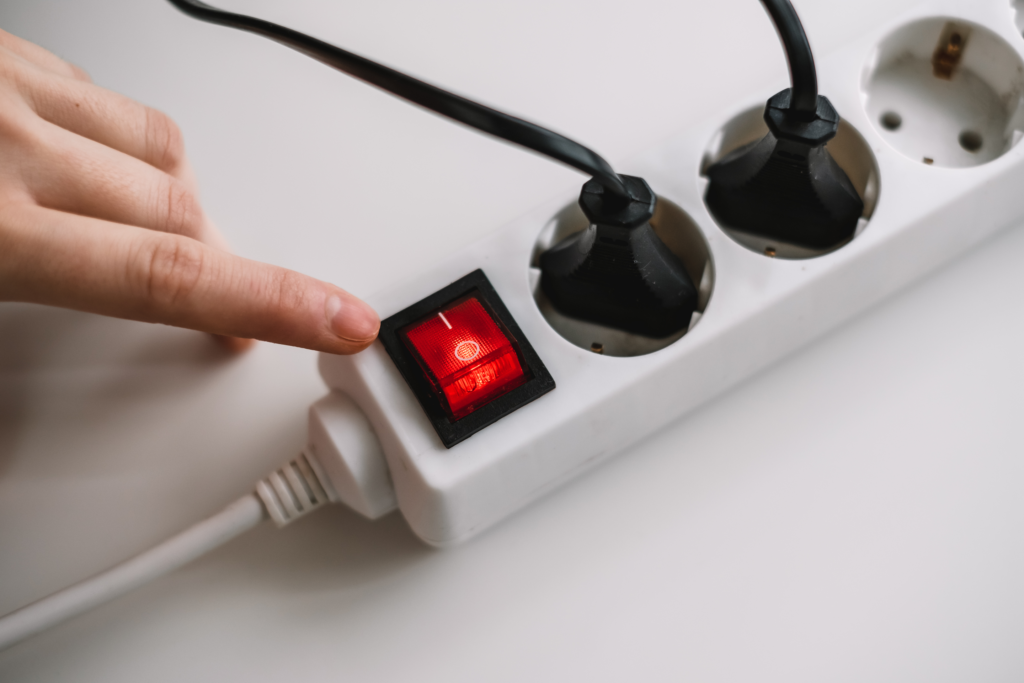
Better surge arrestors can handle surges up to 20,000 volts, while standard outlet surge protectors can’t handle more than 6,000 volts. Some high-end arrestors even monitor weather conditions and will shut down the power supply to more sensitive electronics when lightning is in the area.
While referenced or utilised infrequently, it is also possible to capture the occurrence of a voltage surge as some arresters are equipped with ‘surge counters’ that capture the fact that the arrester has discharged current. It is also possible to use other phenomena (sound measurement, light measurement, electric field measurement, etc) to capture the occurrence of a discharge. Surge counters provide an indication of the frequency of surges, and therefore need for what protection devices may be required.
Buildings developed and built today generally have surge arresters and counters specified as standard inclusions and that all risks are managed; but in older buildings – built 20 to 30 years ago – surge arresters have to be retrofitted.
Building arrestors typically suppress power surges stemming from outside sources – utility company problems, transformer switching, etc. – but don’t guarantee suppression of the high number of power surges that originate inside individual residences when large appliances like air conditioners and refrigerator motors turn on and off, or even if there are copper phone lines in the building.
“Unfortunately, the impact and risks attached to the damage or shutdown of vital equipment such as elevators, card reading systems, intercoms and even fire systems is generally only recognised once there has been an incident and there is a need to ensure it doesn’t happen again, or the insurance company declines a claim based on poor maintenance and/or risk management,” says O’Brien.
“With everything else that needs to be maintained, bodies corporate and property managers of buildings may not be aware of the risks that they may be carrying by not having the appropriate protection devices in place; and perhaps, even more so, if they have the equipment in place but it is not properly maintained. It goes without saying that these concerns elevate significantly where there is the risk of someone being hurt.”
So how do residents living in a high-rise environment protect their own devices?
Surge protectors, power strips and even some UPS (Uninterruptible Power Supply) create a good first line of defence against internal fluctuations that may occur within a home and are a good way of protecting electronics against small voltage spikes. These surge protectors effectively divert the excess power into the ground wire.
It’s important however, to choose power strips with adequate surge protection. The joule rating indicates how much power the surge protector can handle before collapsing under a power surge. The higher the number, the better. Some surge protectors are only good for one power surge. Others can be used repeatedly with some minimal maintenance. In most homes, a rating of 600 joules is a good start, but when trying to protect pricey or invaluable electronics, much higher protection is recommended; at least in the neighbourhood of 2000 joules.
This high number not only protects personal devices, but also gives one access to a warranty that most power surge manufacturers include with their higher-end products. These surge protectors need to be plugged in directly into the wall outlet, and each plug needs to be directly plugged into the device in order for maximum effectiveness and protection in case you wish to claim some damaged equipment under the included warranty.
A word of caution however, in a lightning storm, one should try not to rely solely on a surge protector to save one’s appliances; the best protection is to unplug them.
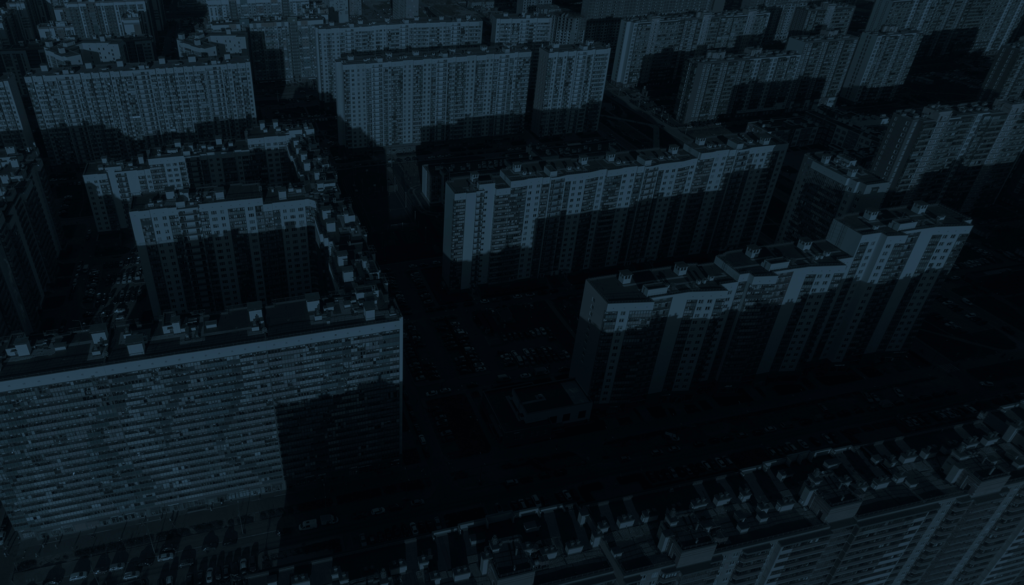
Total blackouts
Building services such as lifts, running water, fire alarms, access and security systems and air-conditioning would cease to operate if power was disconnected to neighbourhoods, as it has been during instances of rising flood waters.
Lack of access to buildings and dwellings, lack of safety, lack of building security, and lack of thermal comfort affected many residents whether or not their buildings were actually subjected to inundation, with some buildings rendered uninhabitable for a prolonged period.
Electricity blackouts can result from a number of man-made or natural causes, including shortages caused by demand exceeding supply, and highlights the vulnerability of energy-dependent buildings to power outages and investigates options for energy security for occupants of multi-storey buildings and makes recommendations to increase resilience and general liveability in multi-residential buildings in the subtropics through design modifications.
Be prepared with a plan
While events like these may not always be controllable, having a clear, well-rehearsed emergency management plan for power outages in one’s apartment is something every body corporate can—and should do.
“When the power is out, it’s usually at night, and the management office is closed,” says O’Brien. For that reason, property managers’ contact information needs to be available to all residents, and there needs to be a 24-hour phone number where a management person can be reached.
In addition to that, every building person needs to know what to do in case of an emergency blackout.
“Everyone should know the plans,” O’Brien adds. “And while bodies corporate meetings don’t tend to be well attended by the building residents as a whole, everyone who calls the building home needs to know the procedure too. This can be explained to them when they move into the building and can be reinforced to them via letters and postings.
“Step one would be reporting the outage to the electrical company, so that they can start working on the repair immediately. It’s easier to do this if the board has the pertinent contact information in their phones so that they don’t need to go fishing around for this in the dark. Most electrical companies have apps now, that allow anyone to report outages from their phones, and receive notification via their phones as soon as the outage is restored.
“The second thing that all residential buildings need to do to be prepared for a possible blackout situation is to make sure that the emergency lights in the stairways work,” says O’Brien.
Which leads him to his next point. “If you live in a community-title property, every resident should have flashlights,” he says. And that’s not just for the stairways. Most hallways have sconces, and if the power goes out, those don’t work either. Since there aren’t usually windows in the hallways, it’s pitch-dark there too.
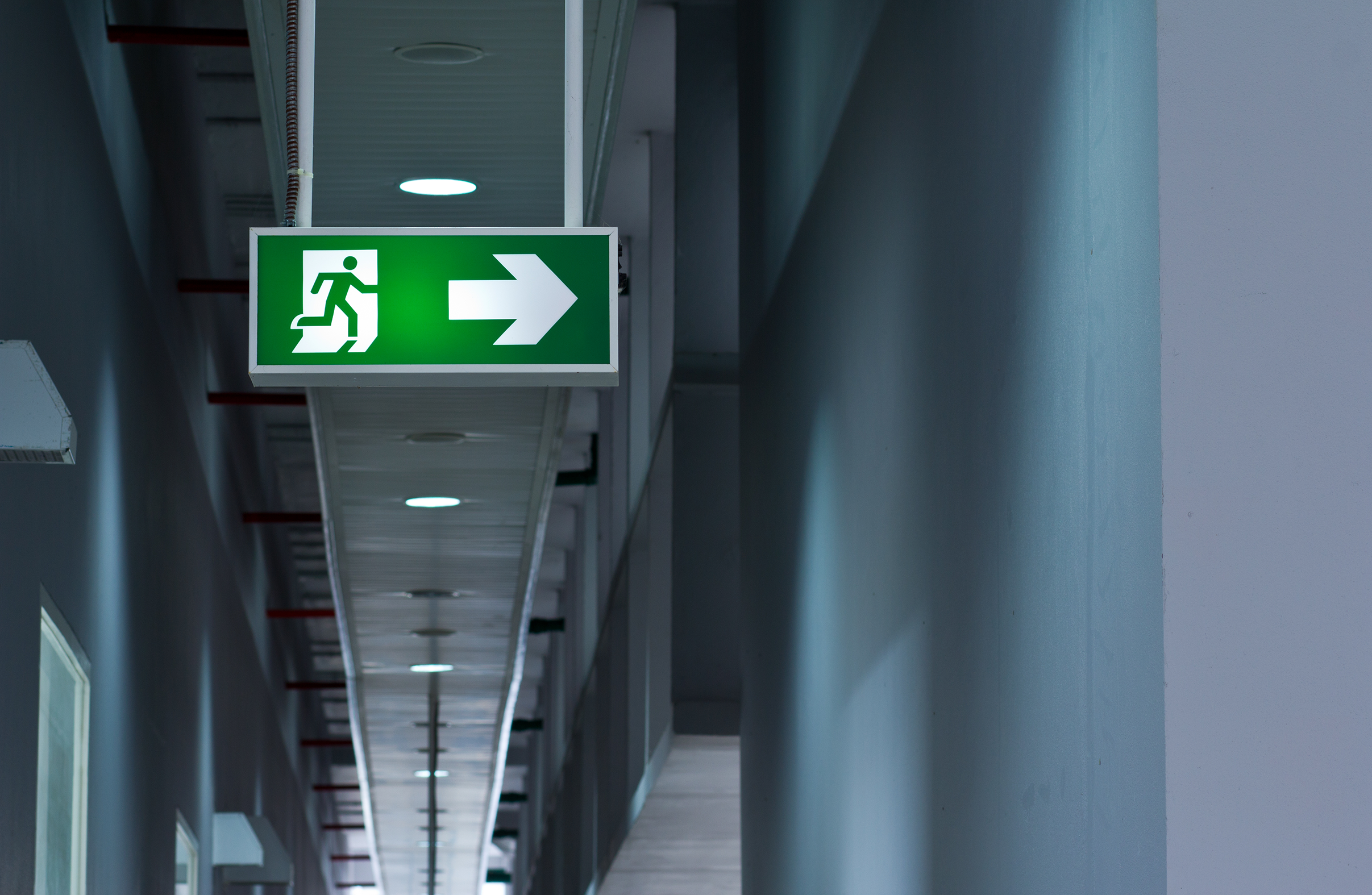

“Those with disabilities need to take this one step further. In order to figure out what should be in this basic disaster supply kit, those with physical limitations or disabilities should take an inventory of what they use daily to live independently—such as assistive technology, diabetic supplies, hearing aids, batteries and supplies for a service animal.”
Another surprising problem when a blackout occurs? “In some buildings, you need a key fob to get into the door, and in an outage, there is a high chance that they won’t work. If your building is experiencing a blackout and you decide to go outside, it’s best to take all keys rather than just the key fob so that you can return home, even if you have to do it the old-fashioned way.”
Last but not least, residents should remember to turn off all appliances—except for a single lamp, so that they know when power has been restored. That way, they can avoid a circuit overload and another outage that may result when power is restored to all appliances at once.

